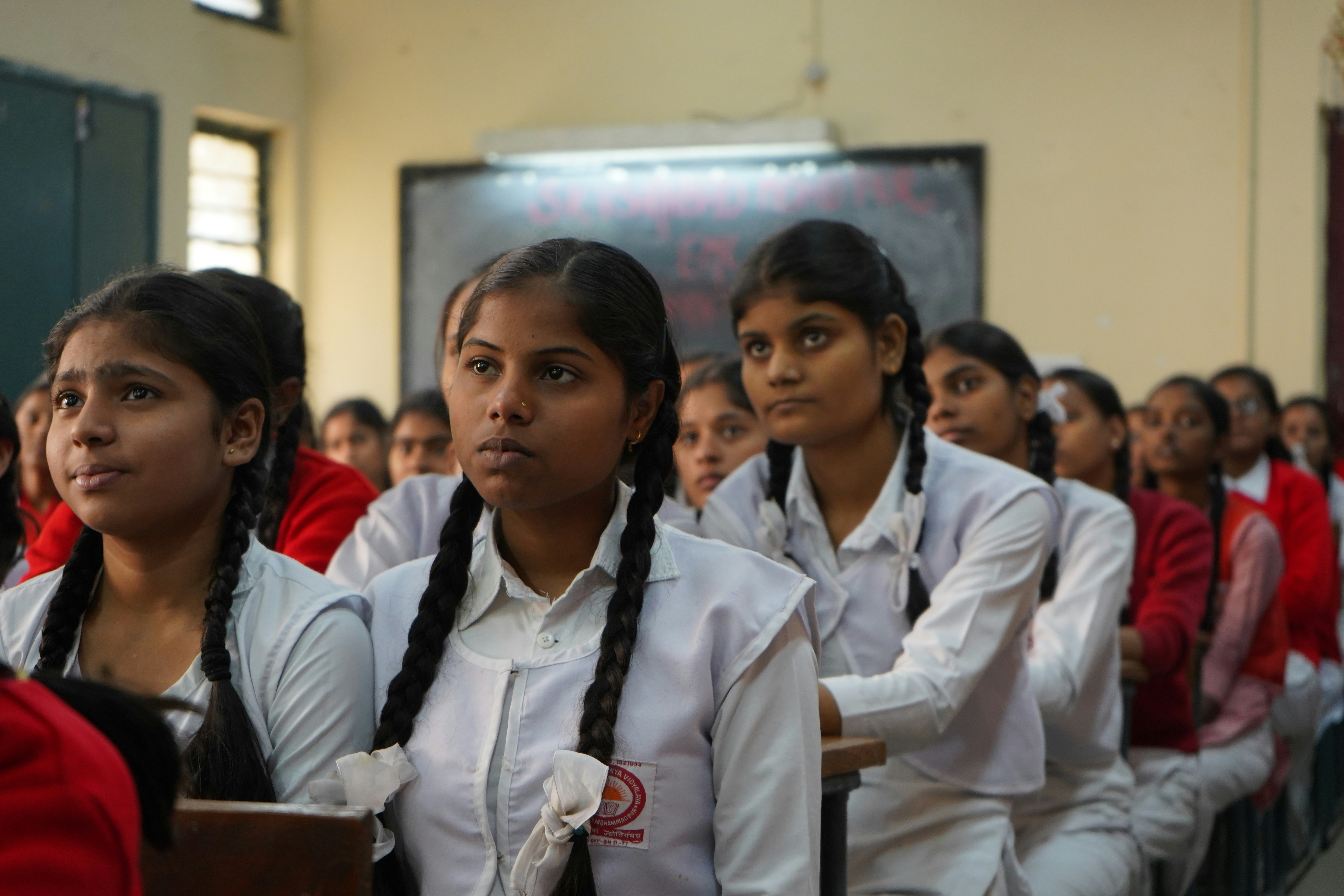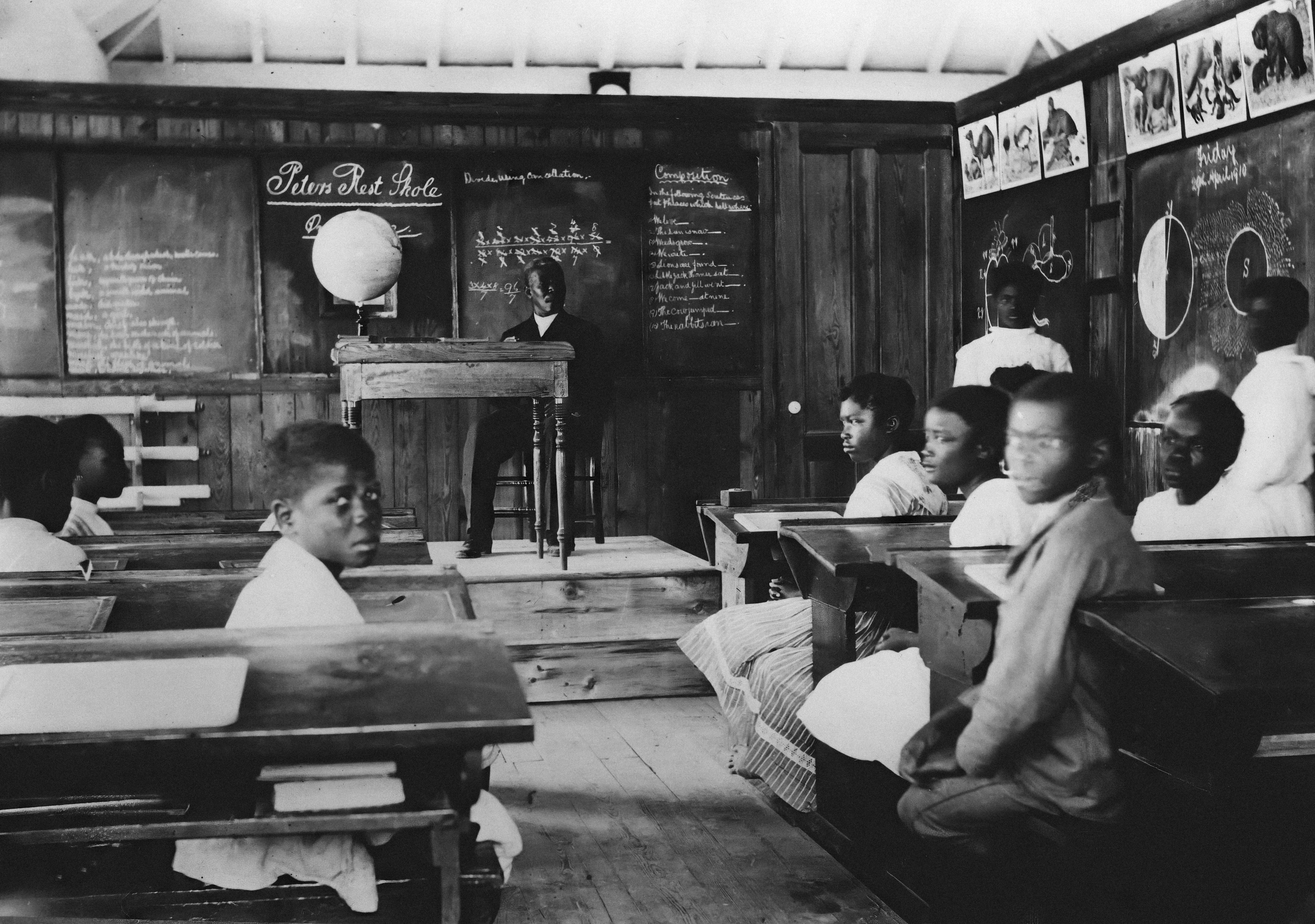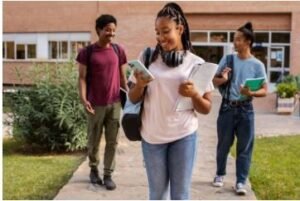
ossible Solutions to Poor Infrastructure in Nigerian Secondary Schools?
Corruption and a nonchalant attitude are a big problem and a threat to our school system.
Lack of infrastructure is a major problem in most Nigerian secondary schools.
Inadequate infrastructure makes the facilities and buildings classrooms, toilets, laboratories, and libraries to be in a poor state.
The school buildings have leaky roofs and damaged seats and broken walls, and no water supply.
The government budget is the main cause of this.
The money allocated for the school sometimes ends up being mismanaged by the officials.
School inspections are not regular in most schools to ensure proper functioning.
Inadequate infrastructure creates multiple problems.
Students can’t learn in the classroom due to heat and crowded rooms, and an unclean environment.
The lack of waterproofing in the buildings causes classrooms to stop functioning during the rain, which brings roof leaks and floor flooding.
Students can’t learn and practice their lessons because institutions don’t have enough scientific facilities and resources.
These harsh working conditions sometimes make teachers tired of their job.
The situation becomes tough for students to succeed academically.
A good infrastructure will enable students to learn better and be comfortable in school.
This article will discuss the ways to address inadequate infrastructure in Nigerian secondary education.
Possible Solutions to Poor Infrastructure in Nigerian Secondary Schools
1. Government Support and Funding
The main solution requires government backing in terms and funds.
Nigerian government funding for public secondary school infrastructure and equipment is not enough for the schools.
Schools will get funds to fix broken classrooms and build toilets and supply water, and buy equipment when the education budget gets more support from the government
The government will ensure that funds allocated to schools are not stolen through proper monitoring procedures.
A set of rules should monitor every step the funds take when being spent.
Implementation of school funds according to proper management standards yields better results.
2. Private Sector
Private organizations and big businesses can help.
Organizations can partner with the government through a public-private partnership to assist.
Businesses should participate in school infrastructure development and maintenance by building and providing basic school equipment, like a water supply system and furniture.
Corporate social responsibility of existing businesses helps schools, but many more businesses need to be encouraged to participate.
The organization chooses a particular school to support its development.
3. Community
The solution to school infrastructure challenges requires community members to be actively involved.
Support for schools comes through the united efforts of community parents and their elders, and youth members.
Community participation includes fixing broken chairs and cleaning the school compound and monetary or material donations for school improvement.
Community involvement allows people to take care of the schools. These schools belong to the community members.
4. Use of Local Materials for Building Should be Encouraged
The cost of materials is expensive, hence school buildings are very costly.
The solution to this problem is to use local materials for school building projects.
Strong classrooms can be built at an affordable cost using materials like mud bricks and bamboo, and local stones.
Local material usage benefits the regional economy and labor market employment in the area.
5. NGOs and International Donors
Various non-governmental organizations (NGOs) and international groups are willing to support education in Nigeria.
The organizations provide support that includes building educational facilities and instructional resources, and teaching education development.
Government and school leaders should partner with these NGOs.
More support will come through this partnership, which will also improve education standards for students.
6. Maintenance and Repairs Must Be Done
Newly built structures require maintenance as a requirement.
We check school infrastructure, furniture and water systems, and electrical components periodically to see if there’s any damage that needs to be repaired.
Schools that don’t maintain their infrastructure turn minor issues into major maintenance problems.
A maintenance framework should be in place in every school to keep them operational.
7. Build More Classrooms and Facilities
Schools lack classroom spaces where students are overcrowded.
This is uncomfortable. Part of the student population has to sit on the floor because their schools don’t have enough seating.
Our school facilities need more classrooms, toilets, science facilities, libraries, and fields to enhance learning environments.
Building more facilities in schools will lead to better educational outcomes for students and teachers alike.
8. Provide Solar Power instead of Power Subscription
Many Nigerian secondary schools face power challenges as their main electricity supply is inadequate.
Lack of electricity disrupts computer access and fan usage, mostly during hot weather in schools.
Installing solar panels in schools is a solution that the government, in partnership with the community, should implement.
Solar power gives clean electricity and affordability, and operational readiness in case of a public power blackout.
Proper installation of solar panels will make it possible for schools to operate lights, fans, and computers.
9. Train and Employ Skilled Workers
An infrastructure project for school facilities fails when those in charge of design and construction are not trained.
Use of qualified builders, electricians, plumbers, and carpenters must be ensured for all school construction work.
Skills-based implementation means a longer life span, which translates to cost savings later on.
10. Monitoring and Evaluation
Monitoring and evaluation must be done for all completed projects.
The evaluation process checks the quality of construction and material implementation and ensures classroom safety for teachers.
Education authorities, school administrators, and local representatives must be actively involved in this.
The constructor of new school classrooms must inspect to ensure proper construction.
11. Student and Teacher Involvement
School infrastructure is for the teachers and students.
The users of the school must be actively involved in the design and management, and maintenance of the facilities.
All students must keep their classrooms clean and report tothe authority when facilities are damaged.
Teachers should be actively involved in the inspection of school equipment and furniture use.
12. Digital Solutions
Real-time technology allows school authorities to report problems instantly.
Through specific platforms and applications, schools report their damaged facilities.
The government, through collaboration with NGOs, uses the data collected to determine priority areas that need urgent attention.
Such real real-time reporting system helps problem-solving and school outreach.
Conclusion
The current state of infrastructure in Nigerian secondary schools is a problem that can be solved collectively.
The government must provide more funds and monitor to ensure proper allocation.
Communities and businesses must support the institutions that serve their areas.
International donors and NGOs can also support the situation.
To have better secondary schools, we need more classrooms and solar power infrastructure, and fast maintenance and quality inspection of all school projects.
All stakeholders must come together to create a good learning environment for Nigerian students to grow and succeed.
Another Useful Article:
The Impact of Unqualified and Underpaid Teachers on Primary Education in Nigeria







